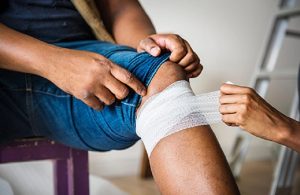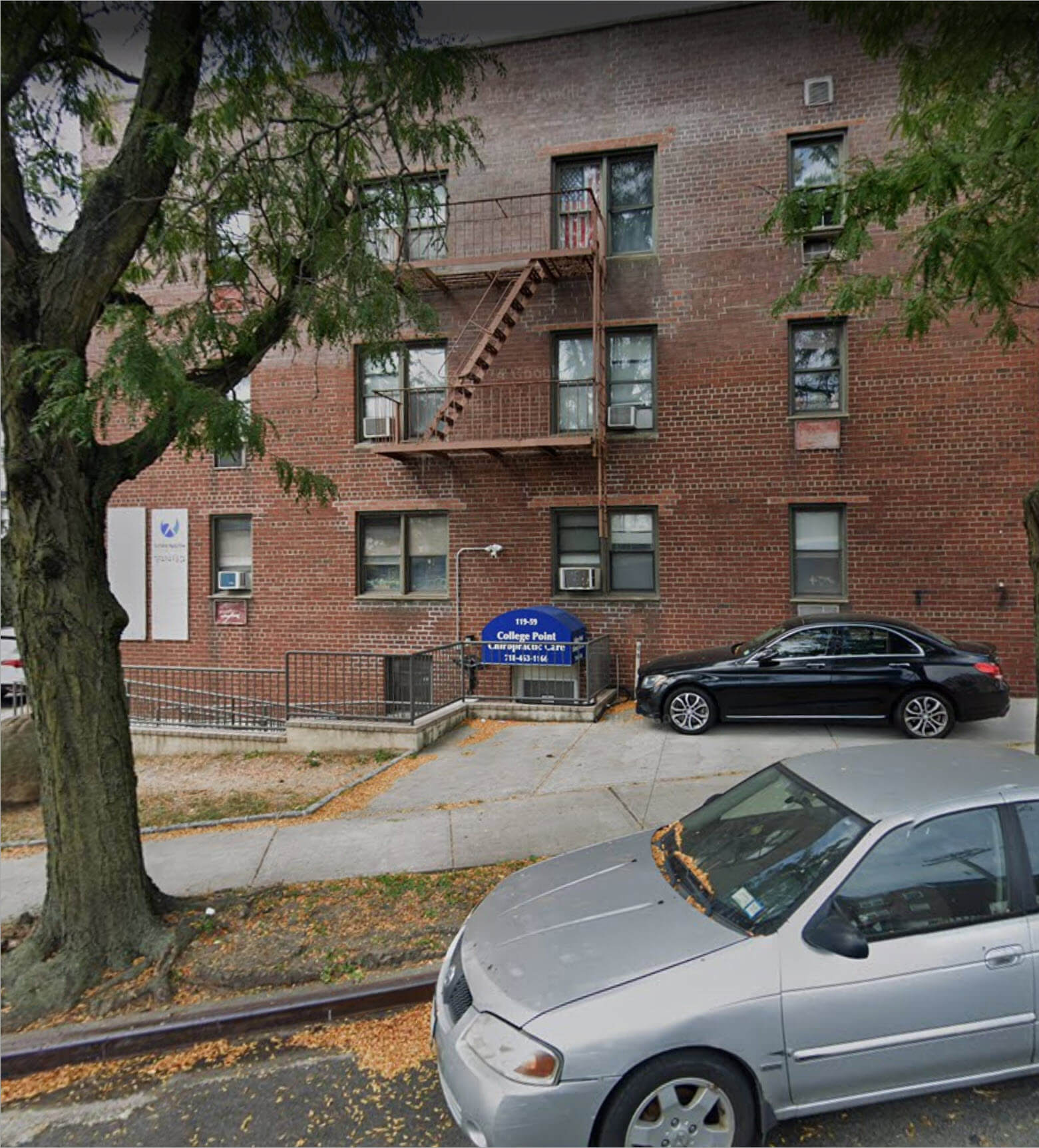
Accidents can happen in any work environment, whether it’s an office, construction site, factory, or warehouse. When a workplace injury occurs, having a basic understanding of first aid can significantly impact the severity of the injury and the recovery process. In many cases, immediate medical care can help prevent complications and ensure a smoother path to recovery. There are several essential first aid tips for common work-related injuries to help employees and employers handle accidents efficiently and safely.
Understanding Workplace Injuries
In the United States, millions of employees suffer from workplace injuries and illnesses each year. These incidents range from minor cuts and bruises to more severe injuries like fractures, burns, and head trauma. Knowing how to respond in the event of an injury is crucial for minimizing damage and supporting a quick return to work.

First Aid Basics for Common Workplace Injuries
-
Cuts and Lacerations
- First Aid: Clean the wound immediately using water to remove any debris. Apply an antiseptic solution to disinfect the area. Place a clean, sterile bandage or gauze over the cut, applying gentle pressure to stop bleeding. If the cut is deep or the bleeding does not stop, seek professional medical treatment.
- When to Seek Medical Care: If the wound is large, deep, or shows signs of infection (swelling, redness, pus), it’s essential to seek medical attention. In some cases, stitches may be required, and the injured worker might need to file a claim for workers’ compensation benefits.
-
Sprains and Strains
- First Aid: Sprains and strains are common work-related injuries, often caused by slips, trips, or overexertion. The R.I.C.E method (Rest, Ice, Compression, Elevation) is effective in managing these injuries. Rest the injured area, apply ice packs for 15-20 minutes every hour, wrap with an elastic bandage, and elevate the limb to reduce swelling.
- When to Seek Medical Care: If the pain persists or mobility is significantly affected, the individual should seek further medical treatment. Proper documentation is crucial for work-related injuries to ensure workers’ compensation benefits are accessible.
-
Burns
- First Aid: For minor burns (first-degree), immediately run cool (not cold) water over the area for at least 10 minutes to reduce pain and swelling. Avoid using ice, as it can cause further tissue damage. Apply a sterile dressing or bandage to protect the area. For more severe burns (second-degree or third-degree), cover the area with a clean cloth and seek medical attention immediately.
- When to Seek Medical Care: Severe burns require immediate medical care. Burns that cover large areas of the body, cause blistering, or penetrate deeper layers of skin need professional evaluation and medical treatment.
-
Eye Injuries
- First Aid: For chemical exposure, flush the eye with clean water or saline for at least 15 minutes, making sure to keep the injured eye lower to prevent contamination of the other eye. Do not rub the eye or attempt to remove objects. For foreign particles, try flushing the eye with water; if the particle remains, seek professional help.
- When to Seek Medical Care: Any eye injury should be taken seriously. Prompt medical attention is required if there’s pain, vision impairment, or if chemicals or foreign objects are involved.
-
Fractures and Dislocations
- First Aid: Immobilize the injured area by using a splint or a sling. Avoid trying to realign the bone or joint. Apply ice packs to reduce swelling, but never place ice directly on the skin. Seek immediate medical care for proper diagnosis and treatment.
- When to Seek Medical Care: Fractures and dislocations need professional medical treatment. Proper documentation of the work-related injury or illness is vital to file a claim for workers’ compensation benefits.
-
Head Injuries
- First Aid: In the case of a head injury, keep the individual still and avoid moving their head or neck. Apply a cold compress to reduce swelling. If the person loses consciousness, becomes confused, or shows signs of a concussion (nausea, dizziness, headache), seek emergency medical attention.
- When to Seek Medical Care: Head injuries can have serious consequences. It’s important to get a professional medical evaluation, as some symptoms might not appear immediately.

Filing a Workers’ Compensation Claim
If you’re injured at work, you must report the incident to your employer immediately and file a claim for workers’ compensation benefits. In the United States, workers’ compensation laws vary by state, but they generally cover medical treatment and partial wage replacement for employees who suffer from a work-related injury or illness. Proper documentation of the injury and any medical treatment received is essential for processing the claim smoothly.
Returning to Work After an Injury
After experiencing a workplace injury, returning to work can be a concern for many employees. Your ability to return to work will depend on the severity of the injury and the effectiveness of the medical care received. Engaging in proper first aid immediately after the injury and following up with medical professionals can significantly impact your recovery process. Employers and employees should work together to create a return-to-work plan that includes modified duties, if necessary, to ensure a safe transition back into the workplace.
Moving Forward: Effective First Aid and Recovery for Workplace Injuries
Understanding first aid for common work-related injuries can make a critical difference in how quickly and effectively an injured worker recovers. By applying the right first aid techniques and seeking timely medical care, employees can better manage workplace injuries and illnesses. Additionally, knowing the steps to file a claim for workers’ compensation benefits and planning for a successful return to work is essential for both workers and employers in the aftermath of a work-related injury.




Find a Doctor Near You on Injury Docs Now
Proper first aid is crucial when managing workplace injuries, but it’s equally important to seek professional medical care for a full evaluation and treatment. Whether you’re dealing with a severe burn, a head injury, or a musculoskeletal issue, timely medical attention is essential to ensure a safe and effective recovery.
If you or a colleague have experienced a work-related injury, use Injury Docs Now (IDN) to find a specialized doctor near you who understands the complexities of workplace injuries. Injury Docs Now connects you with experienced no-fault and workers’ compensation doctors who can provide the care you need to get back on your feet.





































